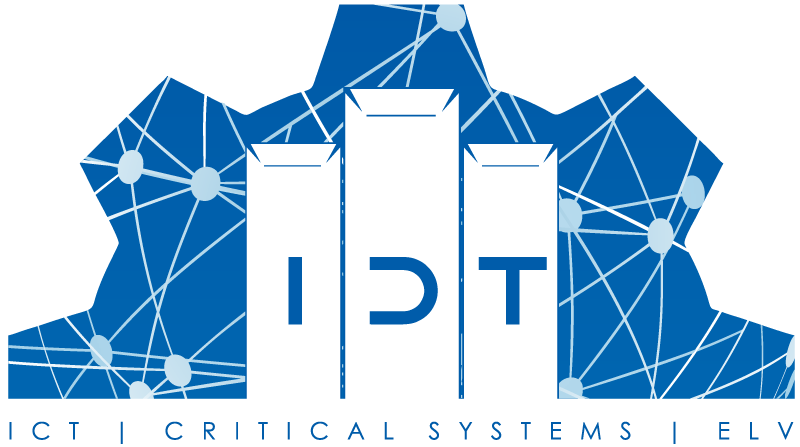Critical Systems.
Critical systems are components of a building that is vital to building essential operation. These include power, air conditioning, fire systems, and, to a certain extent, Access Control Systems. Critical systems can be categorized as safety-critical, mission-critical, operations-critical, and security-critical. Power systems include transformers, generators, fuel delivery systems, Electrical panels, and their components. The design of an electrical system is primarily based on load requirements. It must adequately and sufficiently be capable of delivering to all loads with a safety margin. The electrical design requires coordination between different systems. Every system must be accounted for and the maximum load characteristics are needed to fulfill the purpose of the system.
Transformers must be appropriately sized with consideration to the reactance and impedance of the building’s electrical devices. In a condition of mains failure, generators must have sufficient fuel to last until the mains return. The fuel delivery system requires routing of fuel in case of pump failure. The 3 electrical phases must balance, be in sequence, and at 120 degrees apart. Cable sizing must be sufficient to ensure the intended lifetime and no energy is wasted.
Careful consideration must be made when calculating the air conditioning leakage and the material of the buildings such as louvers and windows. Duct sizing must be calculated for pressure and air delivery to the extremities of the building. Chilled water, hot water, and refrigerant piping must be designed to deliver with minimal leakage. Sizing of the piping system must allow water to flow with sufficient pressure and not exceed pipe thresholds. The electricity consumption must be reasonable and the COP must be at optimum. The total system must have sensors, motorized actuators, motorized dampers, Pressure Independent Control valves (PICV), pumps, flow meters, etc… to monitor, centrally control and safely automate the entire operation. Inappropriate or imbalanced air conditioning can cause harm to occupants, thereby making HVAC/MVAC systems a safety-critical system.
Electricity applies to both mission-critical and operations-critical categories. The power system must accommodate large changes in loads such as HVAC/MVAC systems, where large loads such as chillers, compressors, pumps, and motors are frequently turned ON and OFF. There are different types of Air conditioning systems such as chillers, Variable Refrigerant Volume/Variable Refrigerant Flow, and split AC. Whatever air conditioning system is required by the electrical systems to operate within safe conditions is considered a critical system.
This is a safety-critical system in extreme environmental conditions. It is a mission and operation critical in industrial or business environments that depend on maintaining temperature such as Data Centers. To design an HVAC/MVAC system the building heat loads need to be calculated. Temperature can vary depending on occupancy, machines, and outside environmental temperature.
Access Control Systems (ACS) are security-critical systems. The correct design of an ACS will integrate the building’s fire, and surveillance systems to control access and keep the occupants and assets safe from mischievous individuals. A good ACS design will ensure that unauthorized individuals are not able to access the restricted locations and that the restricted location has no bypass paths. A good ACS design will also monitor visitor behavior and alert them of suspicious activity.
If a premise has a risk of failing its sole purpose due to a lack of electricity or air conditioning, these become critical systems. The design of critical systems and backups is vital. Testing of these systems requires experience and knowledge which IDawn holds in abundance. IDawn holds a record of 0% failure in all of the designs it had made and continues to win the confidence and satisfaction of its clients.



